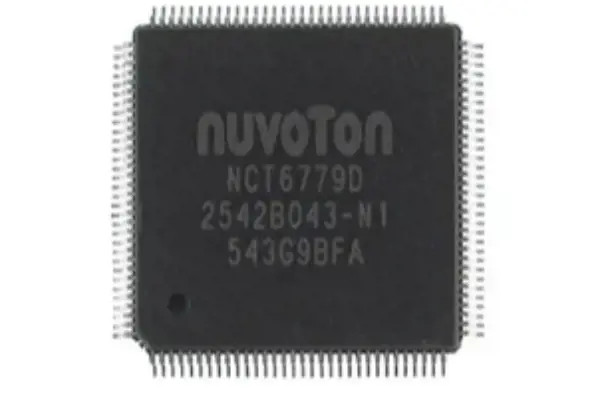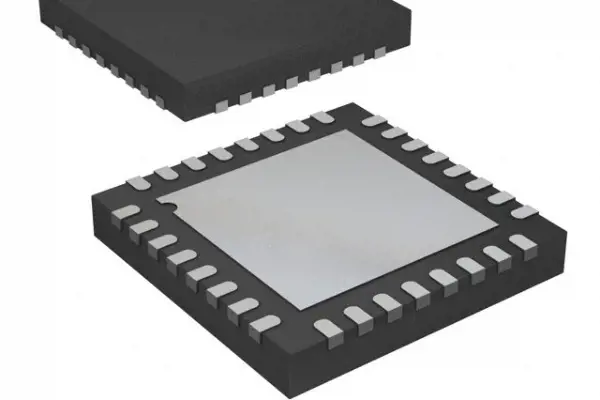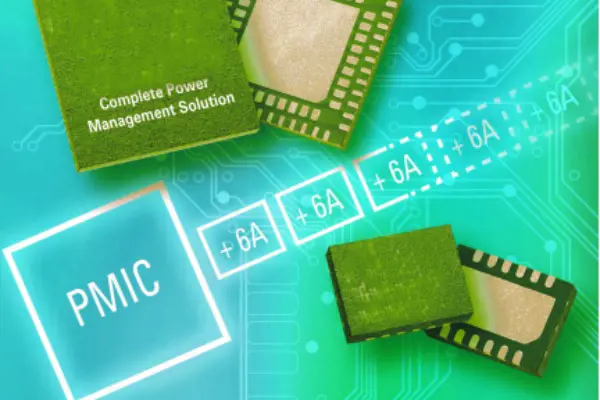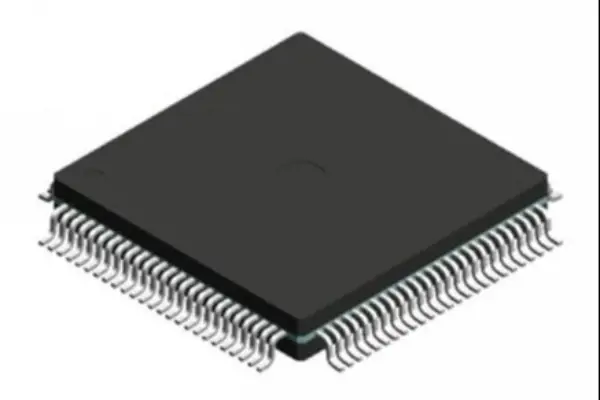HMC797APM5E RF Amplifier IC: Datasheet, Features and Applications
 Published: Oct 23, 2023
Published: Oct 23, 2023
Contents
HMC797APM5E Description
The HMC797APM5E is a high-performance GaAs MMIC pHEMT Distributed Power Amplifier, designed to operate seamlessly across the DC to 22 GHz frequency range. This amplifier offers exceptional specifications, including 15 dB of gain, +29 dBm of output power at 1 dB gain compression, +31 dBm of saturated output power, and an impressive 25% Power Added Efficiency (PAE) while drawing only 400 mA from a +10 V power supply. With a remarkable output IP3 of up to +41 dBm, the HMC797APM5E is ideally suited for applications demanding superior linearity, such as military, space, and high-order modulation test equipment.
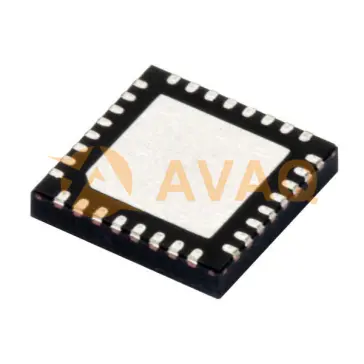
This versatile power amplifier showcases a positive gain slope spanning from 2 to 20 GHz, making it a perfect choice for applications like Electronic Warfare (EW), Electronic Countermeasures (ECM), Radar, and various test equipment requirements. Its I/O ports come internally matched to 50 Ohms, simplifying integration into multi-chip-modules (MCMs). The HMC797APM5E is housed in a compact leadless QFN package measuring 5x5 mm, eliminating the need for external matching components.
RF Amplifier IC
A Radio Frequency (RF) amplifier Integrated Circuit (IC) is a specialized electronic component designed to amplify high-frequency signals, typically in the radio frequency range (from around 1 MHz to several GHz). These ICs are essential components in various wireless communication devices, such as cell phones, Wi-Fi routers, radar systems, and many others.
RF amplifier ICs serve the purpose of increasing the power or amplitude of RF signals while maintaining the signal's integrity. They play a crucial role in improving the signal-to-noise ratio and ensuring that the signal can travel over long distances without significant degradation.
Key characteristics and features of RF amplifier ICs include:
- Frequency Range: RF amplifiers are designed to work within specific frequency bands. The choice of RF amplifier depends on the frequency range of the signals to be amplified.
- Gain: RF amplifiers provide a specific amount of gain, which is the ratio of the output signal's amplitude to the input signal's amplitude. The gain is typically specified in decibels (dB).
- Noise Figure: This parameter measures the amount of noise added by the amplifier. Lower noise figures are desirable for maintaining signal quality.
- Linearity: RF amplifiers should ideally provide linear amplification to prevent signal distortion.
- Bandwidth: The bandwidth of the amplifier determines the range of frequencies it can effectively amplify.
- Power Output: RF amplifiers have a maximum output power rating, and this power level needs to be sufficient for the intended application.
- Input and Output Impedance: These values are crucial for matching the amplifier to the source and load to maximize power transfer.
- Biasing Requirements: RF amplifier ICs often require a specific biasing circuit to set their operating point for optimal performance.
- Package Type: RF amplifier ICs come in various package types, such as surface-mount and through-hole, and may include features like heat sinks for thermal management.
- Integration Level: Some RF amplifier ICs are highly integrated and may include additional features like built-in matching networks, feedback circuits, and protection mechanisms.
HMC797APM5E Specifications and Features
Specifications
- High P1dB Output Power: +29 dBm
- High Psat Output Power: +31 dBm
- High Gain: 15 dB
- High Output IP3: +41 dBm
- Supply Voltage: +10 V @ 400 mA
- 50 Ohm Matched Input/Output
- 32 Lead 5x5 mm SMT Package: 25 mm²
Features
Frequency Range: It operates in a broad frequency range, covering DC (0 Hz) to 8 GHz, which is ideal for a wide range of RF and microwave applications.
Gain: The module provides a high gain of up to 27 dB, allowing it to amplify weak RF signals effectively.
Low Noise Figure: It is known for its low noise figure, which is essential for maintaining signal quality in RF communication systems.
High Linearity: The HMC797APM5E exhibits high linearity, minimizing signal distortion in RF applications.
Bias Current: Like many RF amplifiers, it requires a bias current to operate efficiently.
HMC797APM5E Pinout

Pin description:
|
Pin Number |
Function Description |
Interface Schematic |
|
1, 4, 6, 8, 9, 16, 17, 20, 22, 24, 25, 32 |
Package Bottom GND |
Connect to RF/DC ground. |
|
2 |
VGG2 |
Gate control 2 for amplifier. Attach a bypass capacitor as per the application circuit. Apply +3.5V for nominal operation. |
|
3, 7, 10 - 12, 14, 18, 19, 23, 26 - 28, 31 |
N/C |
No connection required. These pins can be connected to RF/DC ground without affecting performance. |
|
5 |
RFIN |
DC-coupled and matched to 50 Ohms. A blocking capacitor is required. |
|
13 |
VGG1 |
Gate control 1 for the amplifier. Attach a bypass capacitor following the application circuit. Refer to the "MMIC Amplifier Biasing Procedure" application note. |
|
15 |
ACG3 |
Low-frequency termination. Attach a bypass capacitor as per the application circuit. |
|
21 |
RFOUT & VDD |
RF output for the amplifier. Connect the DC bias (Vdd) network to provide drain current (Idd). See the application circuit for details. |
|
29 |
ACG2 |
Low-frequency termination. Attach a bypass capacitor according to the application circuit. |
|
30 |
ACG1 |
Low-frequency termination. Attach a bypass capacitor following the application circuit. |
HMC797APM5E Symbol

HMC797APM5E Footprint

HMC797APM5E 3D Model

HMC797APM5E Applications
Test Instrumentation: Components like the HMC797APM5E are often used in test instrumentation equipment because they may offer precise control, high-frequency capabilities, or low noise characteristics. Test equipment in various fields, such as electronics, telecommunications, and aerospace, may benefit from components like this to ensure accurate and reliable measurements.
Military & Space: Components designed for military and space applications typically need to meet stringent requirements for durability, reliability, and environmental conditions. The HMC797APM5E might have qualities such as high-temperature tolerance, radiation hardness, or rugged design that make it suitable for use in these demanding sectors.
Fiber Optics: In the realm of fiber optics, components like the HMC797APM5E might find use in signal modulation, amplification, or control. Fiber optics demand high-frequency capabilities and precision for transmitting data over long distances, so components like this can play a crucial role in ensuring signal integrity.
HMC797APM5E Applications Circuit

HMC797APM5E Datasheet
Download HMC797APM5E Datasheet ADI >>
HMC797APM5E Price
- Price Range $219.05- $259.61 /1Ku List Price
- $175.41/ 500u List Price
Send Inquiries to Avaq >>
HMC797APM5E Manufacturer
The HMC797APM5E is a precision electronic component manufactured by Analog Devices, a renowned leader in the semiconductor industry. Designed to meet the demands of high-performance applications, this component offers exceptional precision, reliability, and versatility. With Analog Devices' commitment to innovation and quality, the HMC797APM5E is an ideal choice for applications in test instrumentation, military, space, fiber optics, and beyond.
Analog Devices, Inc., often abbreviated as ADI, is a prominent American semiconductor company known for its innovation and production of high-performance analog and mixed-signal integrated circuits. Founded in 1965 and headquartered in Norwood, Massachusetts, Analog Devices has established itself as a global leader in the development of cutting-edge technology for various industries.
The company's comprehensive product portfolio includes a wide range of components, such as data converters, amplifiers, sensors, signal processing devices, and more. These components play a critical role in applications spanning automotive, industrial, communications, healthcare, and aerospace sectors.
Analog Devices is highly regarded for its commitment to engineering excellence and delivering solutions that empower customers to create advanced and reliable systems. They provide valuable technical resources, support, and documentation to assist engineers and innovators in designing and implementing their projects.
With a strong focus on research and development, Analog Devices continues to drive advancements in the semiconductor industry, making them a trusted source for high-quality analog and mixed-signal solutions.
You may like: HMC994APM5E RF Amplifier IC: Datasheet, Features and Applications
 FAQ
FAQ
- Are there alternatives to the HMC797APM5E?
- Yes, there are alternative RF amplifier modules available from different manufacturers, each with its unique set of features and capabilities. The choice of amplifier module depends on the specific requirements and specifications of your RF application.
- Is the HMC797APM5E suitable for amateur radio or ham radio applications?
- The HMC797APM5E's frequency range and high-performance characteristics make it suitable for various RF and microwave applications, including amateur radio. Its compatibility with specific ham radio equipment would depend on the operating frequency and other requirements of the radio system.
- How does GaAs PHEMT technology compare to other semiconductor technologies for RF amplifiers?
- GaAs PHEMT (Gallium Arsenide pseudomorphic high-electron-mobility transistor) technology is favored in RF applications due to its high electron mobility and low noise properties. It typically outperforms other semiconductor technologies like SiGe (Silicon Germanium) or CMOS (Complementary Metal-Oxide-Semiconductor) in terms of high-frequency, low-noise, and high-gain applications.
HMC797APM5E In Stock: 5177
 Popular Industry Focus
Popular Industry Focus
Hot Products
-
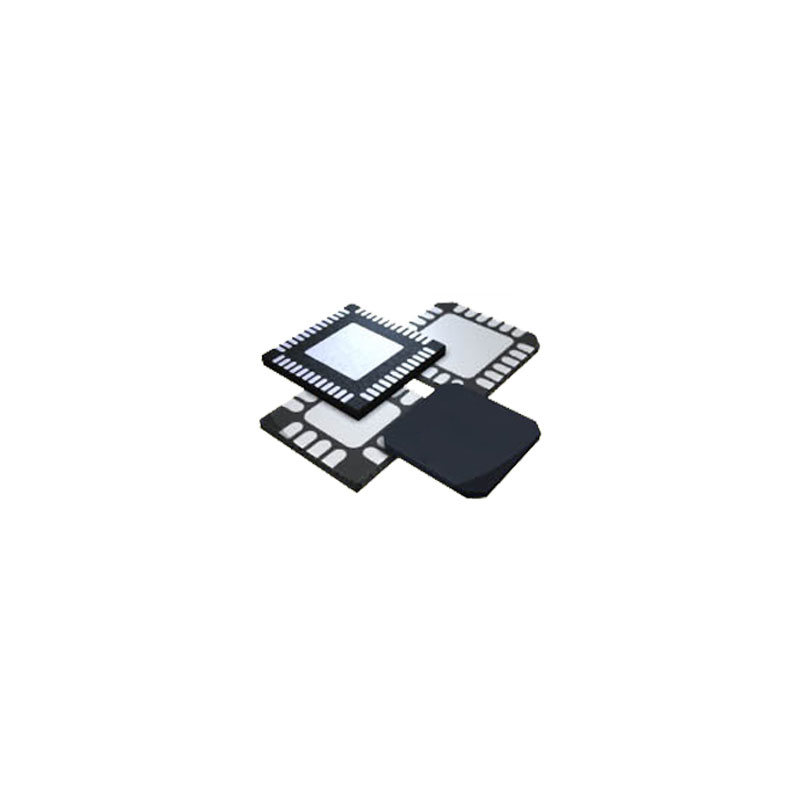
LTC4354CDDB#TR
Analog Devices, Inc
OR Controller N-Channel Single 8-Pin DFN EP T/R
-
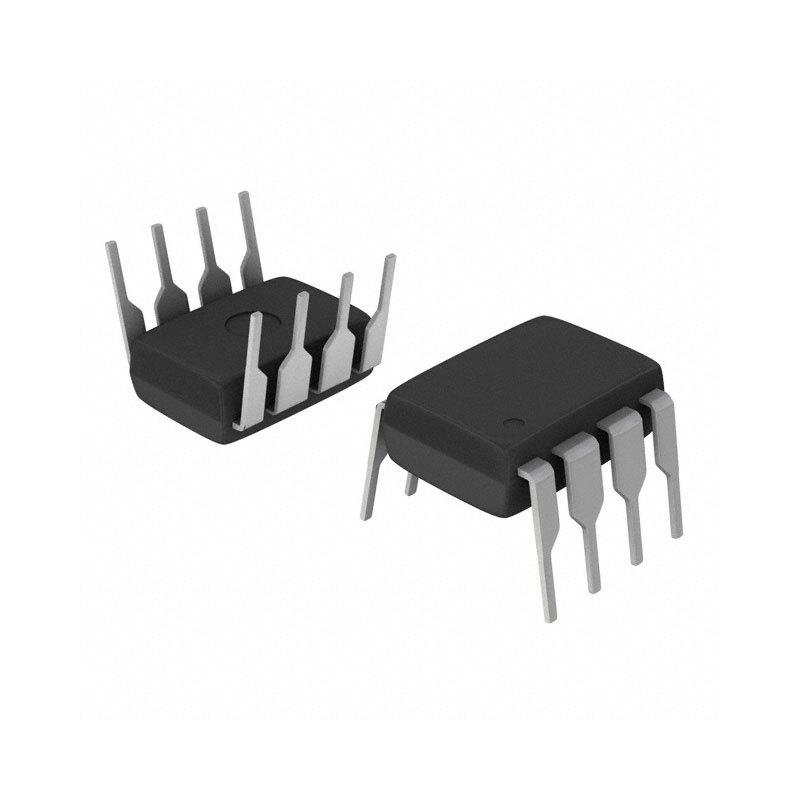
DAC8043FPZ
Analog Devices, Inc
12 Bit Digital to Analog Converter 1 8-PDIP
-
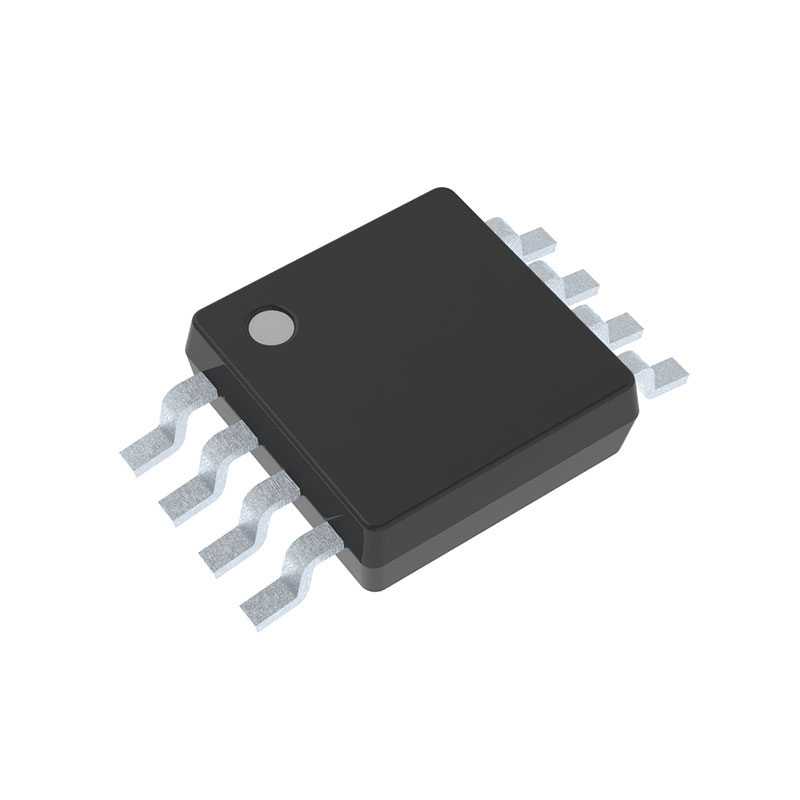
LTC4359CMS8#TRPBF
Analog Devices, Inc
Ideal Diode Controller with Reverse Input Protection
-
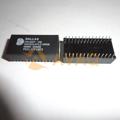
DS1230Y-100+
Analog Devices, Inc
NVSRAM (Non-Volatile SRAM) Memory IC 256Kbit Parallel 100 ns 28-EDIP
-
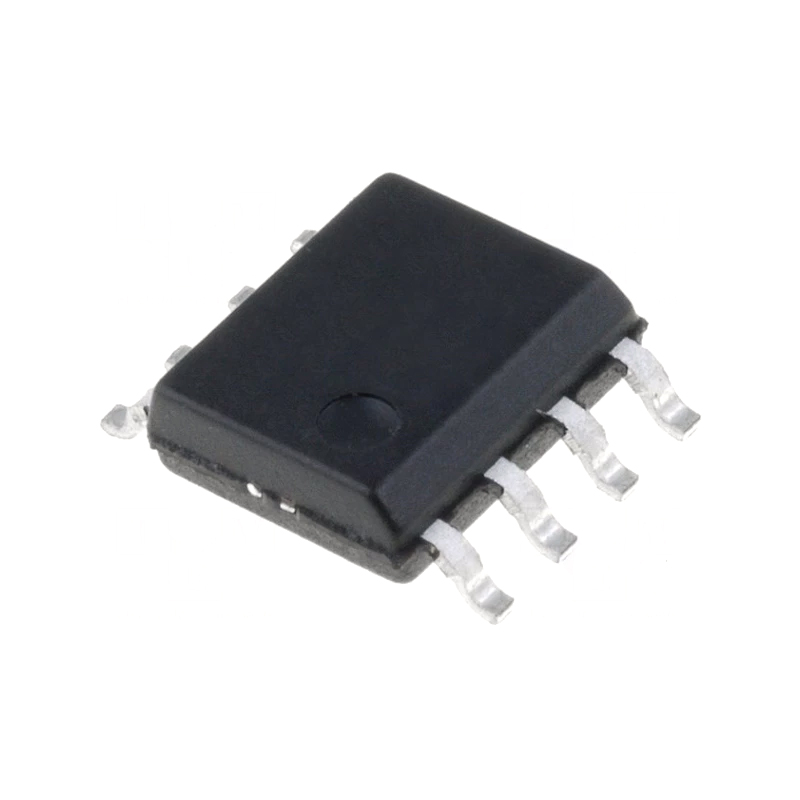
AD621BRZ
Analog Devices, Inc
Low Drift, Low Power Instrumentation Amp with fixed gains of 10 and 100
-
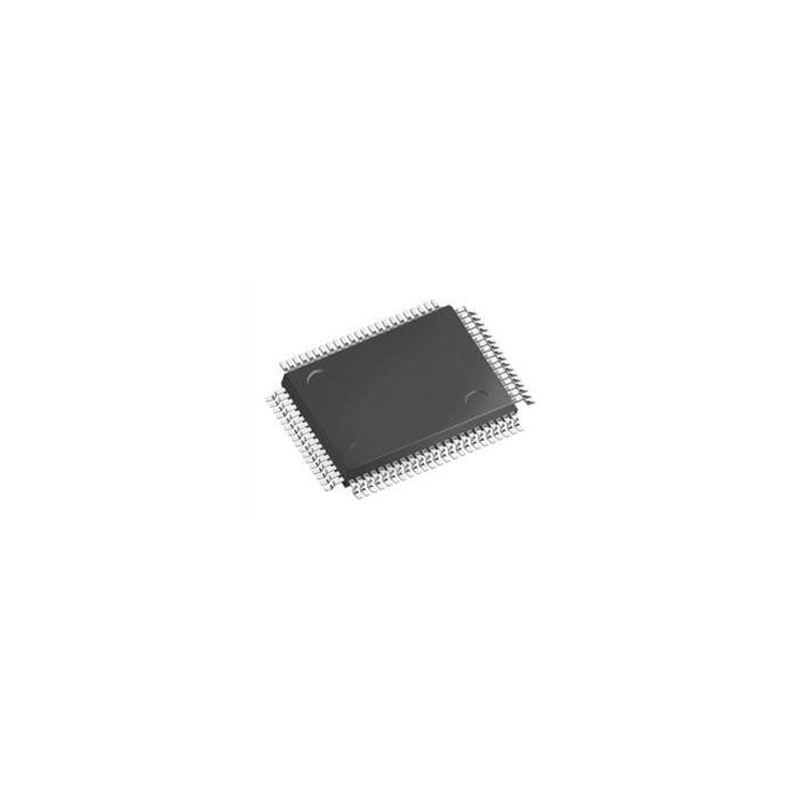
DS21352LN+
Analog Devices, Inc
Telecom Interface ICs 3.3V DS21352 and 5V DS21552 T1 Single Chip Transceivers
Related Parts
-
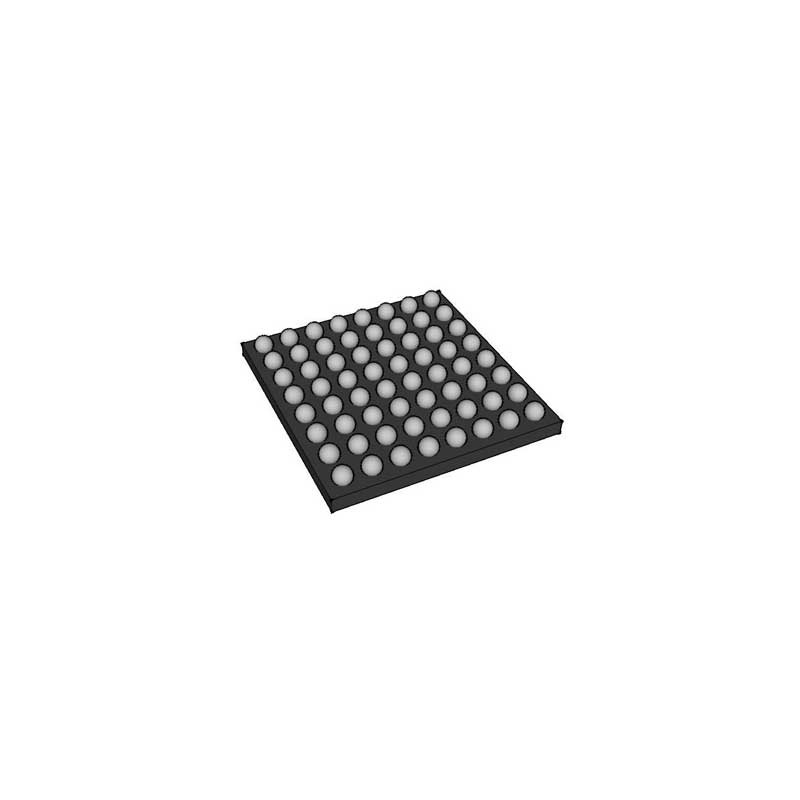
AFE7769IABJ
Texas Instruments, Inc
4-transmit, 4-receive, 2-feedback RF transceiver, 600-MHz to 6-GHz, four PLLs, wireless purpose</
-

RFCA8828TR13
Qorvo, Inc
RF Amplifier 50MHz to 1200MHz
-

BGU7044,115
NXP Semiconductor
RF Amp Chip Single GP 1GHz 3.5V 6-Pin TSSOP T/R
-
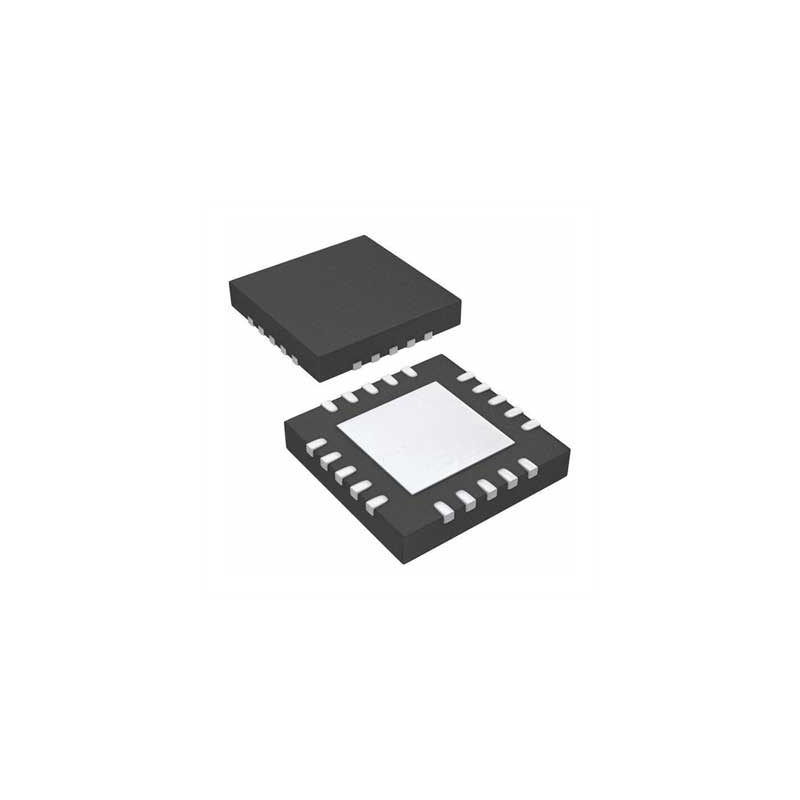
SKY12247-492LF
Skyworks Solutions, Inc
RF Switch ICs SPDT Switch with Integrated Driver
-

HTSH4801ETK,118
NXP Semiconductor
HITAG S transponder IC
-

ST25R3916-BWLT
STMicroelectronics, Inc
High performance NFC universal device and EMVCo reader
-

ATS1005-10DB-FD-T05
SUSUMU CO.,LTD
Attenuators High Frequency Chip Attenuator, 10dB, 50O, 32mW, 0402 size, DC to 50GHz
-
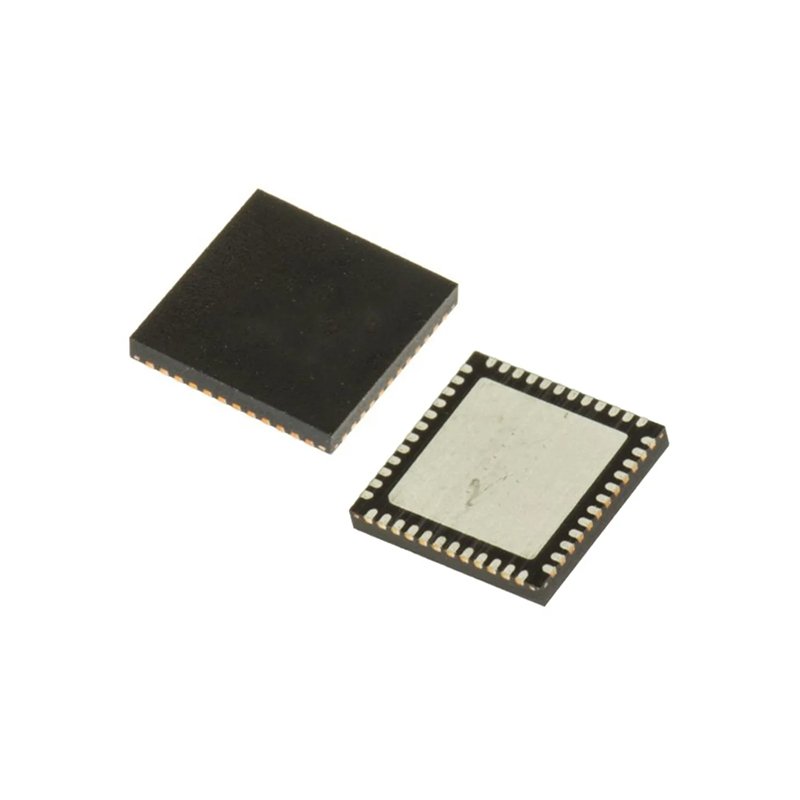
BC6140A02-IQQB-R
Qualcomm Technologies, Inc
Bluetooth Class II/Class III 3Mbps T/R
-
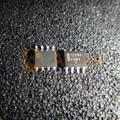
MC12080DG
ON Semiconductor, LLC
1.1 GHz Prescaler
-

AX5031-1-TW30
ON Semiconductor, LLC
RF Transmitter ISM 400MHz ~ 470MHz, 800MHz ~ 940MHz 15dBm 2Mbps Antenna 20-VFQFN Exposed Pad
-

HMC190BMS8E
Analog Devices, Inc
GaAs MMIC SPDT Switch SMT, DC - 3 GHz
-

TCP-3027HA-QT
ON Semiconductor, LLC
High Linearity Passive Tunable Integrated Circuits (PTIC) 2.7 pF
-

MICRF405YMLTR
Microchip Technology, Inc
RF Transmitter ASK/FSK 2.5V/3.3V 24-Pin QFN EP T/R
-

HMC962LC4TR
Analog Devices, Inc
GaAs pHEMT MMIC Low Noise Amplifier, 7.5 - 26.5 GHz
-

LMV225URX
Texas Instruments, Inc
LMV225/LMV226/LMV228 RF POWER DETECTOR FOR CDMA AND WCDMA

 Update Time: Oct 25, 2023 Consumer Electronics
Update Time: Oct 25, 2023 Consumer Electronics